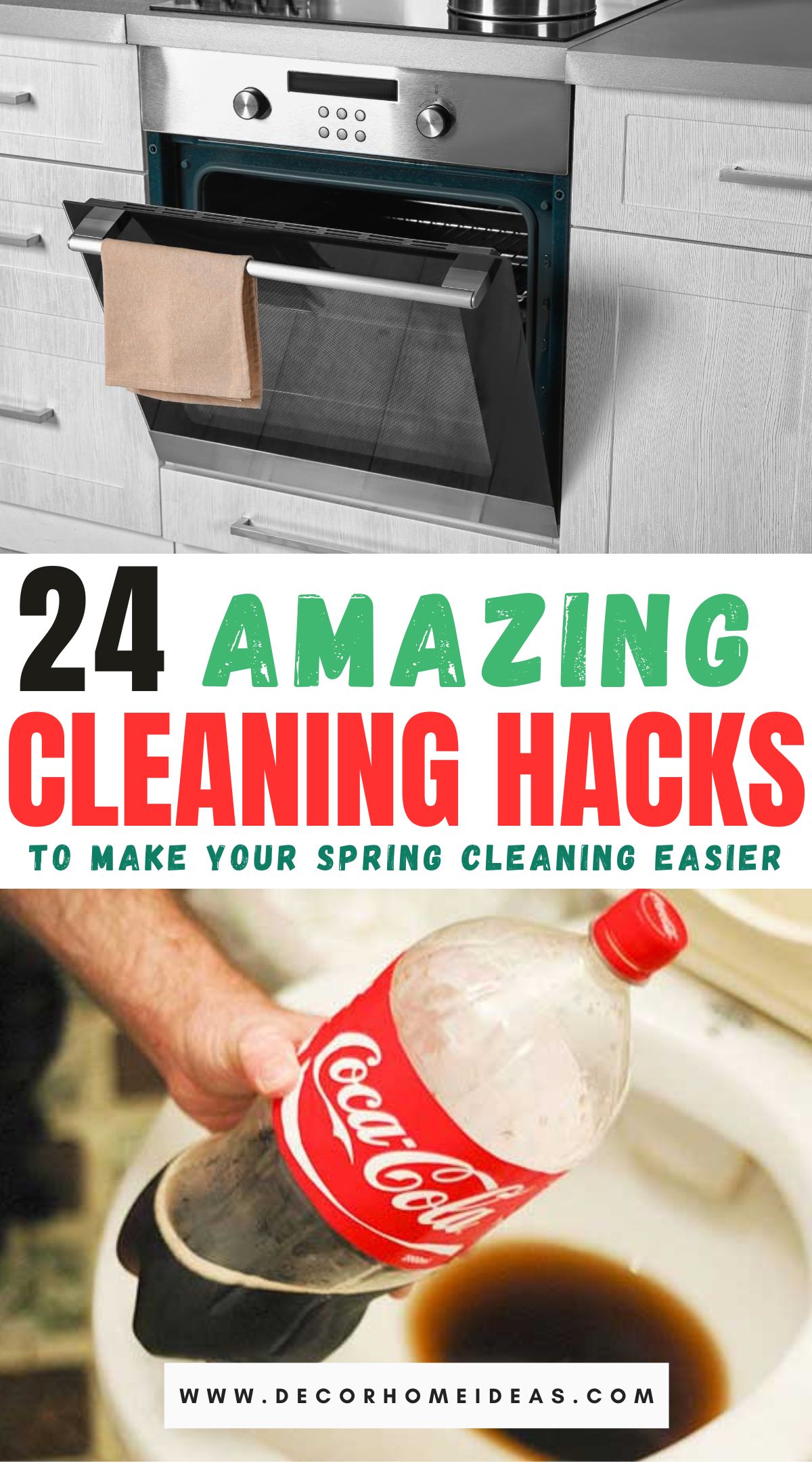There’s nothing more satisfying than getting a head start on spring cleaning. Although it can seem daunting, spacing out your cleaning list over a few days or weeks might relieve some of the pressure.
The most straightforward way to start is to take it room by room or appliance by appliance, and with even the simplest of ingredients and items already in your home, you can achieve a pristine-looking home.
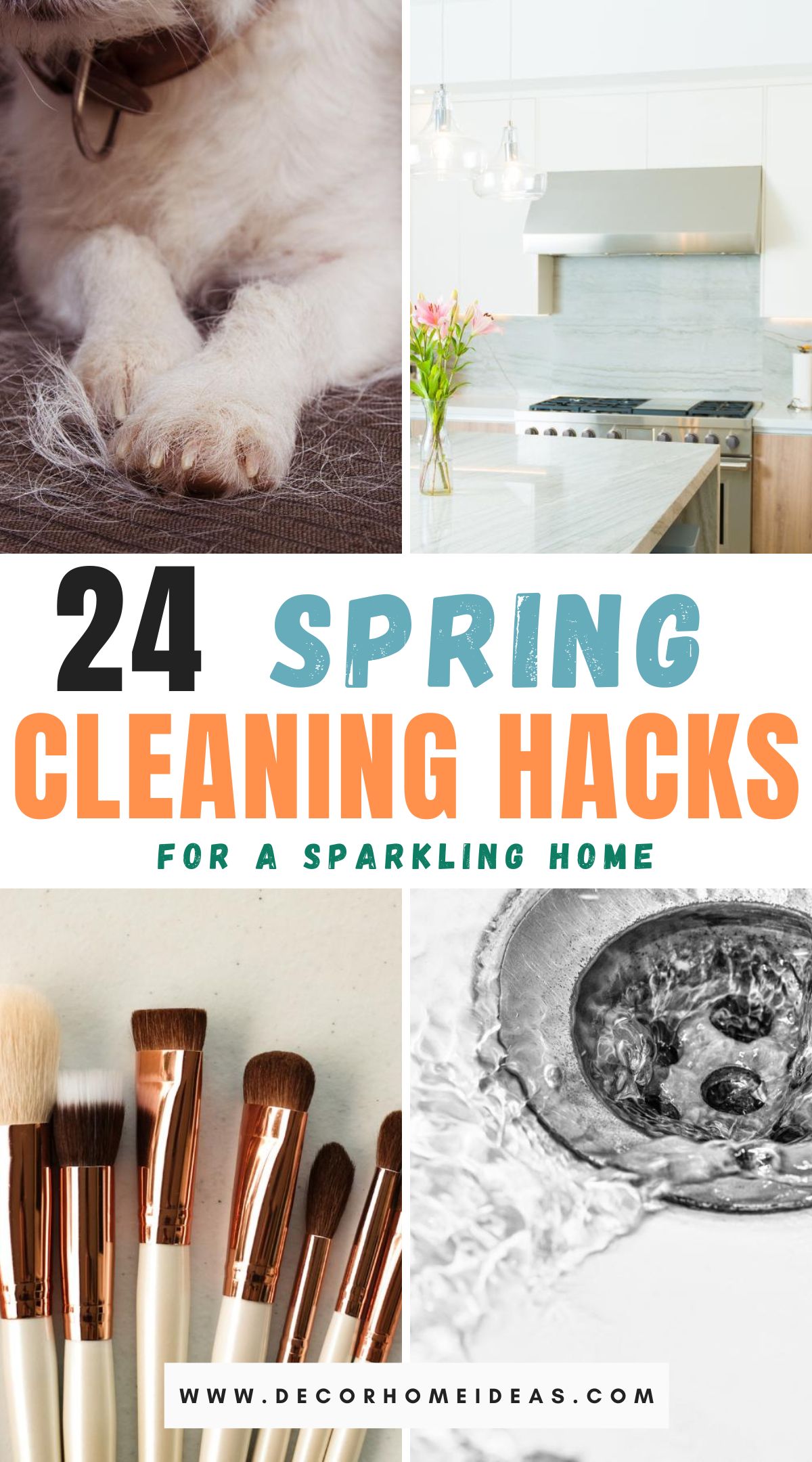
Whether you have an entire weekend or ten minutes to spare for your spring cleaning, the following 26 cleaning hacks will help you clean the usual (and unusual) spots more quickly and effectively.
Take a look!
How Long Will Spring Cleaning Take?
Spring cleaning can take a whole day or a couple of them, but it all depends on what you have on your spring cleaning list and your home’s size. Put your kids and pets into the equation, and it might take even longer!
1. Break Down Your Cleaning

Spring cleaning can sometimes seem like a marathon, but it doesn’t have to be so. You can break down tasks into short, highly productive short periods.
Assign yourself at least one 30-minute task a day. Alternatively, you can do two or three 10-minute tasks a day. Set a timer on your phone and check off each chore once you’re done.
2. Focus on Your Fridge
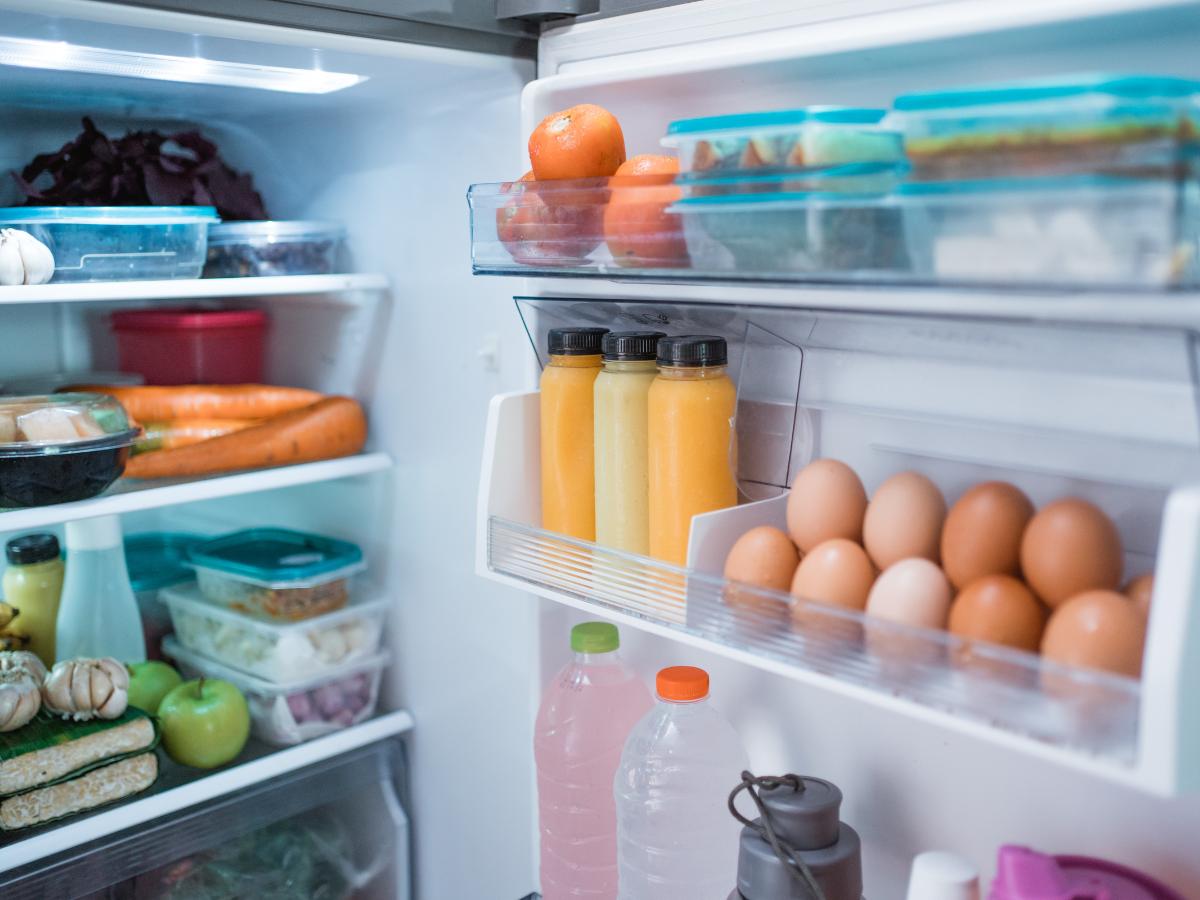
On top of occasionally cleaning your refrigerator’s interior shelving, the removable bins and shelves also need a deep clean regularly. Use warm, soapy water to eliminate any food spillage or bacteria.
Organizing your fridge is also essential to keep it clean and decluttered. Rotate older food items to the front before adding new groceries to reduce food waste, use roll-out bins to group small items, and remove packaging from single-serve yogurt and drinks.
3. Clean Your Dishwasher
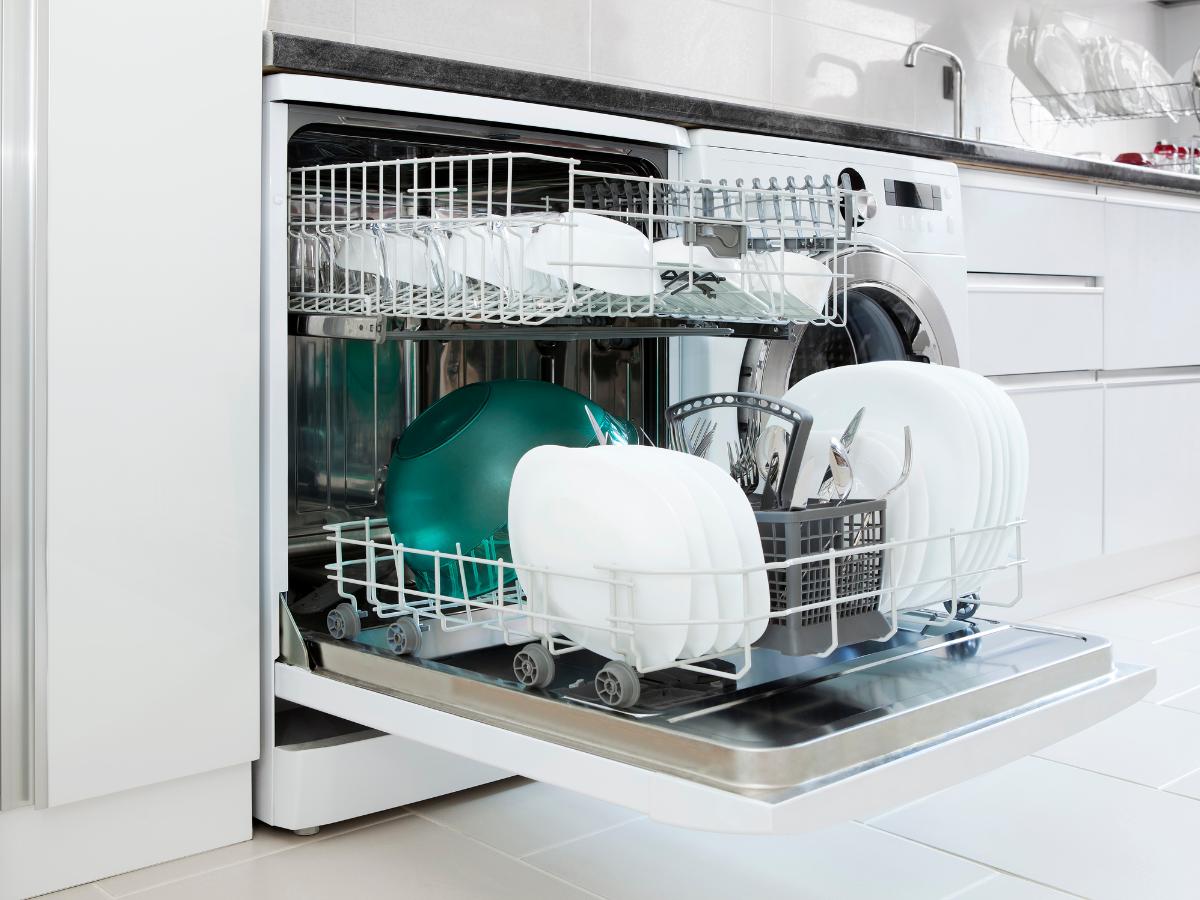
You can treat your dishwasher to a proper rinse using vinegar. Begin by filling a dishwasher-safe tub with white vinegar, then place it on top of your machine’s rack.
To clean and disinfect your dishwasher simultaneously, run a full cycle with the temperature on high. Sprinkle some baking soda on the bottom of your machine and run a short cycle to freshen your machine further.
4. Organize Your Storage Spaces
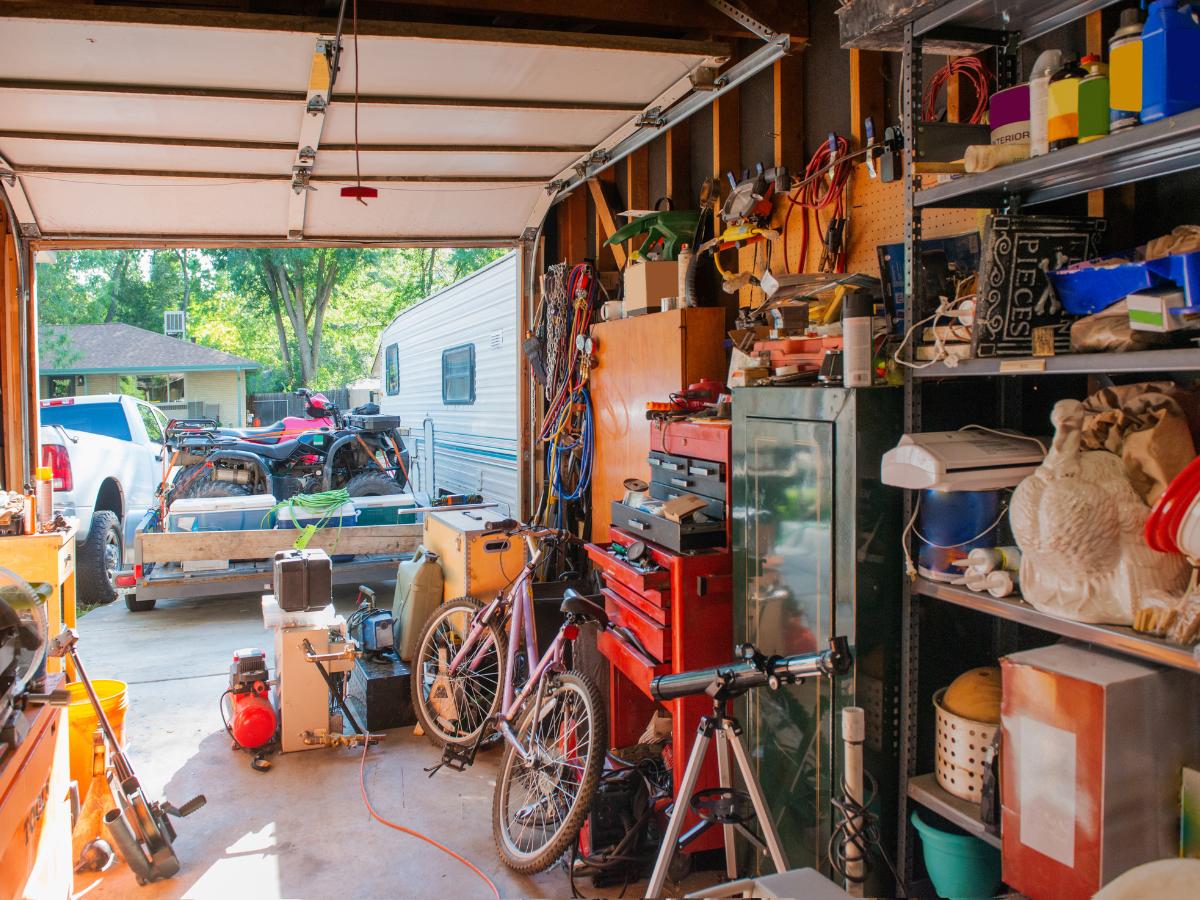
If you store most of your items in your garage or outdoor shed, the following spring cleaning checklist will help to keep your space clutter-free: keep, donate, and throw away.
Remove the items you must throw away and donate, then vacuum and thoroughly clean the floor. Sort the items you choose to keep, storing them in labeled bins and preferably on wall shelves to save up some floor space.
5. Clean Your Walls
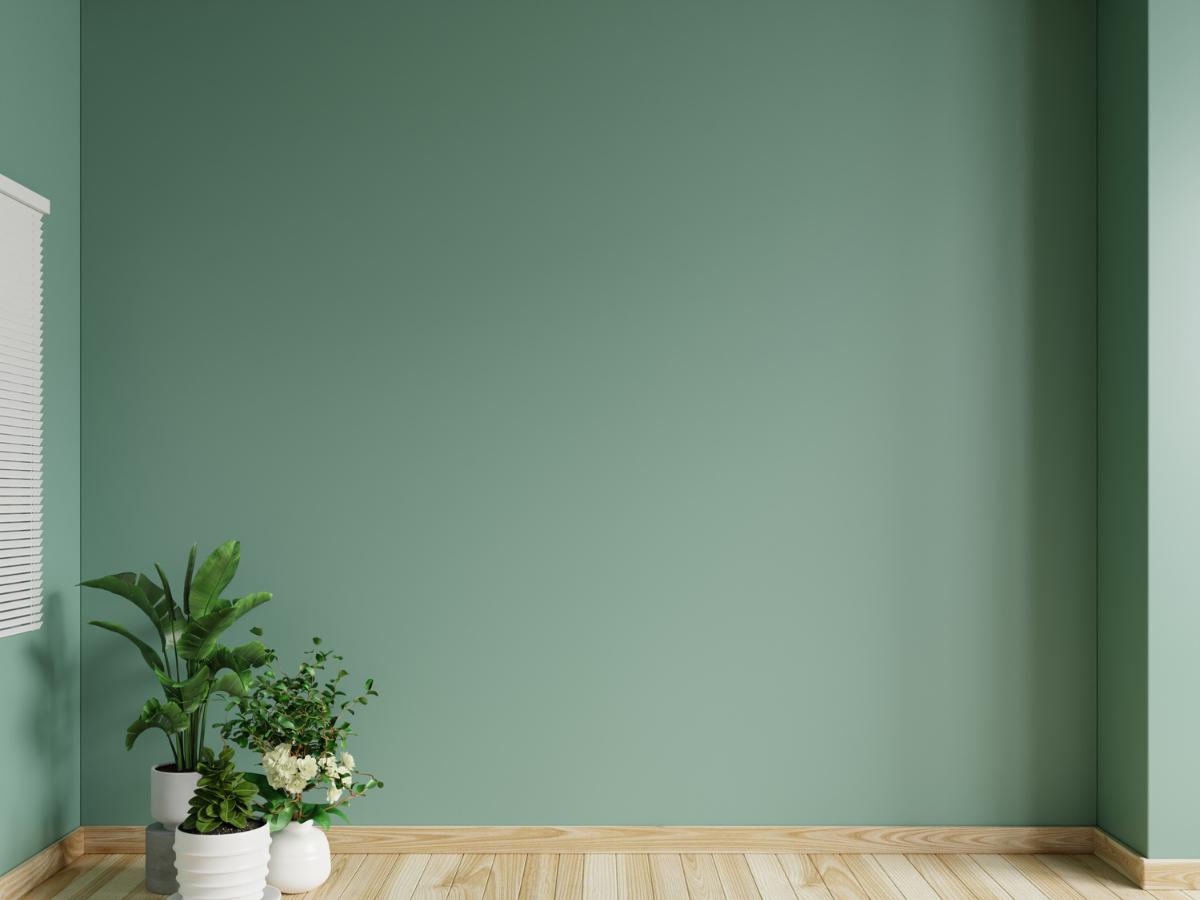
With a damp microfiber cloth, you can remove stains, dust, and greasy fingerprints from your painted walls.
Start from the top and make your way down the bottom. Spot-cleanings in between your springtime deep-cleans, whenever you see stains or marks, will also help keep your walls tidy.
You can also clean tiled walls in your bathrooms similarly, but you should include a disinfecting bathroom cleaner to help eliminate germs.
6. Refresh Musty Carpets
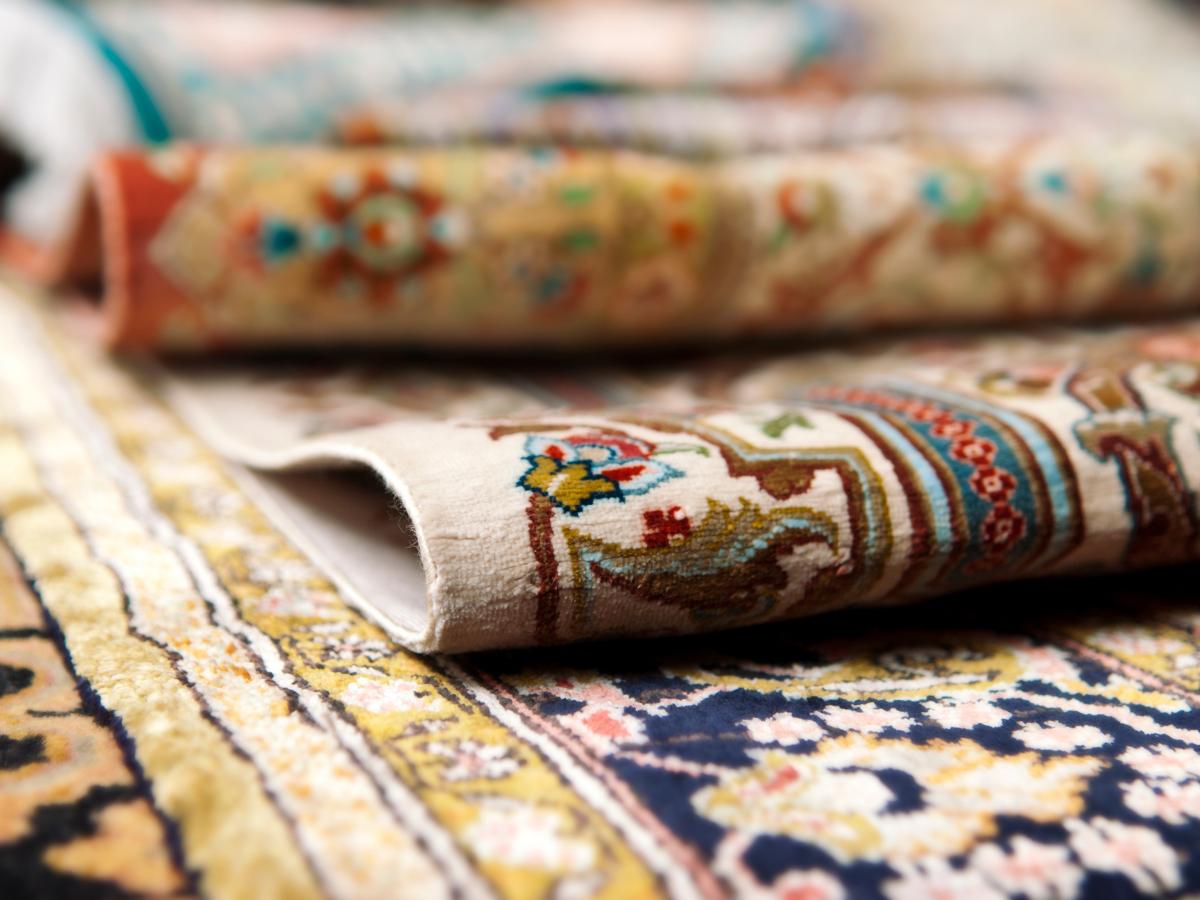
Carpets are a pain to clean, mainly because they’re like dust magnets. You can use a portable carpet cleaner with a rotating brush to refresh your carpets between deep cleanings.
Sprinkle carpet deodorizer or baking soda on your carpet to eliminate odors. Work the baking soda into your carpet using a soft brush and let it sit for 15-30 minutes. Use a vacuum to clean off the baking soda, and repeat the procedure underneath your carpets for a deeper clean.
7. De-Smudge Your Windows

Spring cleaning can’t be complete without cleaning your windows. Instead of going for harsh cleaners, you can easily remove dirt and sticky residues using vinegar.
Mix 50% vinegar with 50% water, and use a microfiber cloth or sponge to spray your solution all over the window before wiping it down.
Pro tip: Start with the shady side of your house and do your cleaning on an overcast day. Cleaning your windows on a sunny day is a common mistake you ought to avoid.
8. Steam Your Microwave
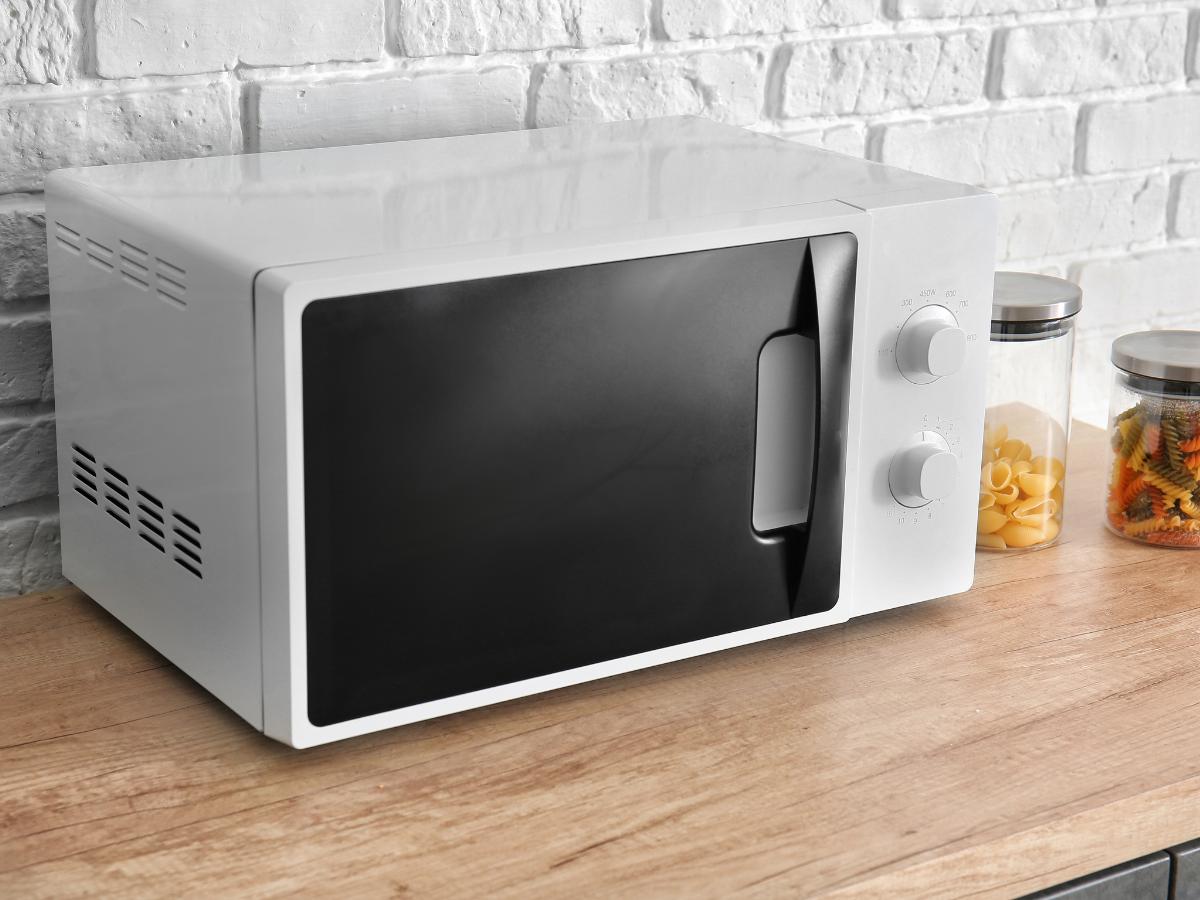
You can save yourself from scrubbing all types of gunk that get stuck on your microwave’s wall by steam cleaning it.
Place some sliced lime or lemons in a microwave-proof bowl, fill it with a cup of water, then turn your microwave on high for several minutes or until the solution starts boiling and the window is steamy.
Let it cool for 5 minutes, remove the bowl, and wipe the inside and outside of your appliance using a sponge.
9. Wash Your Shower Curtains
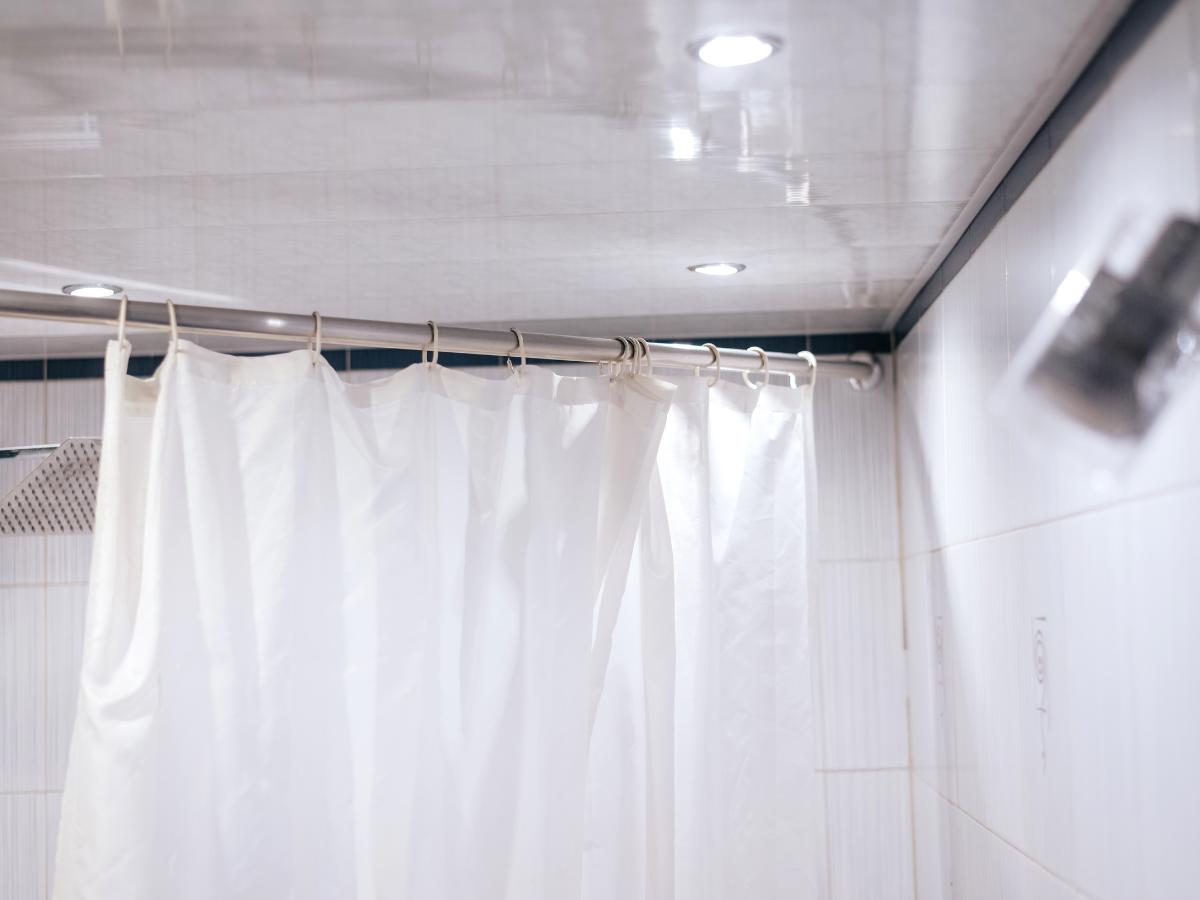
Put your vinyl or plastic shower curtain, alongside a few old towels for scrubbing power, in the washing machine, add your favorite laundry detergent, and use a gentle cycle.
Spritz your white and clear shower liners with a bleach-containing all-purpose cleaner each month to keep them cleaner longer. Rinse it off before you begin showering again.
10. Unclog Your Drains
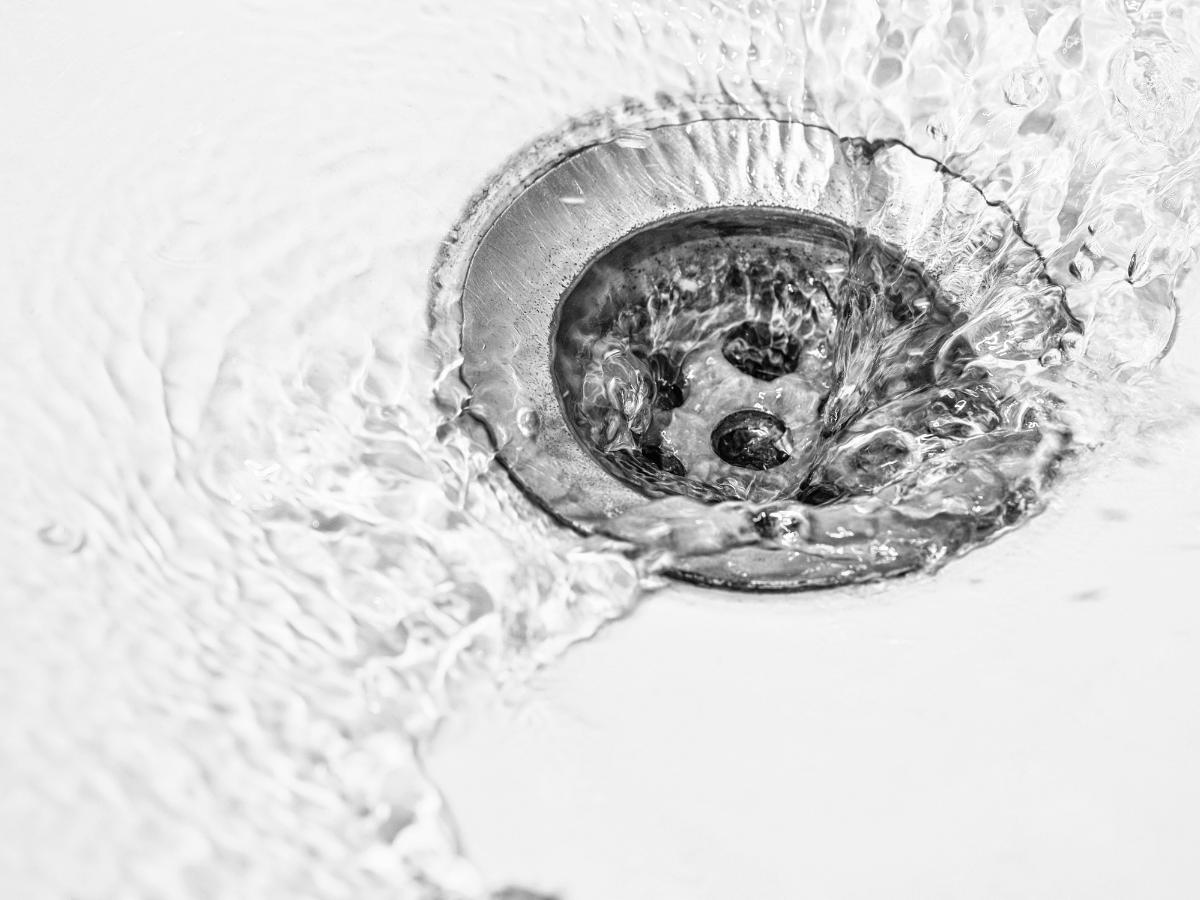
You only need hot boiling water and some baking soda to unclog your drains.
Pour boiling water into your drains before adding a cup of baking soda. Then, mix warm water with vinegar, pour it into the drain, and proceed to add more boiled water.
11. Remove Mold
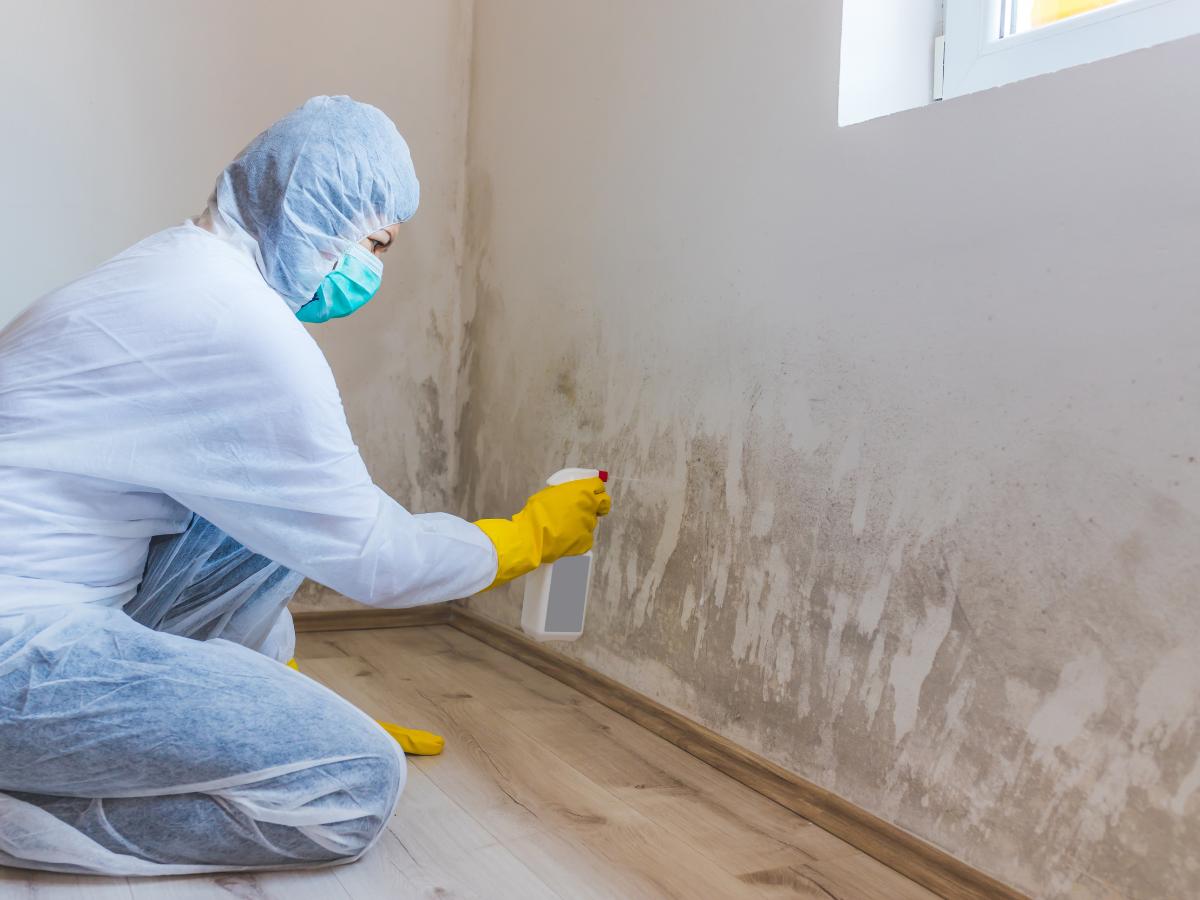
Vinegar is a jack-of-all-trades when it comes to spring cleaning, and you can use it to banish mold, too. Use white or distilled vinegar to avoid leaving stains behind.
12. Discard Pet Hair
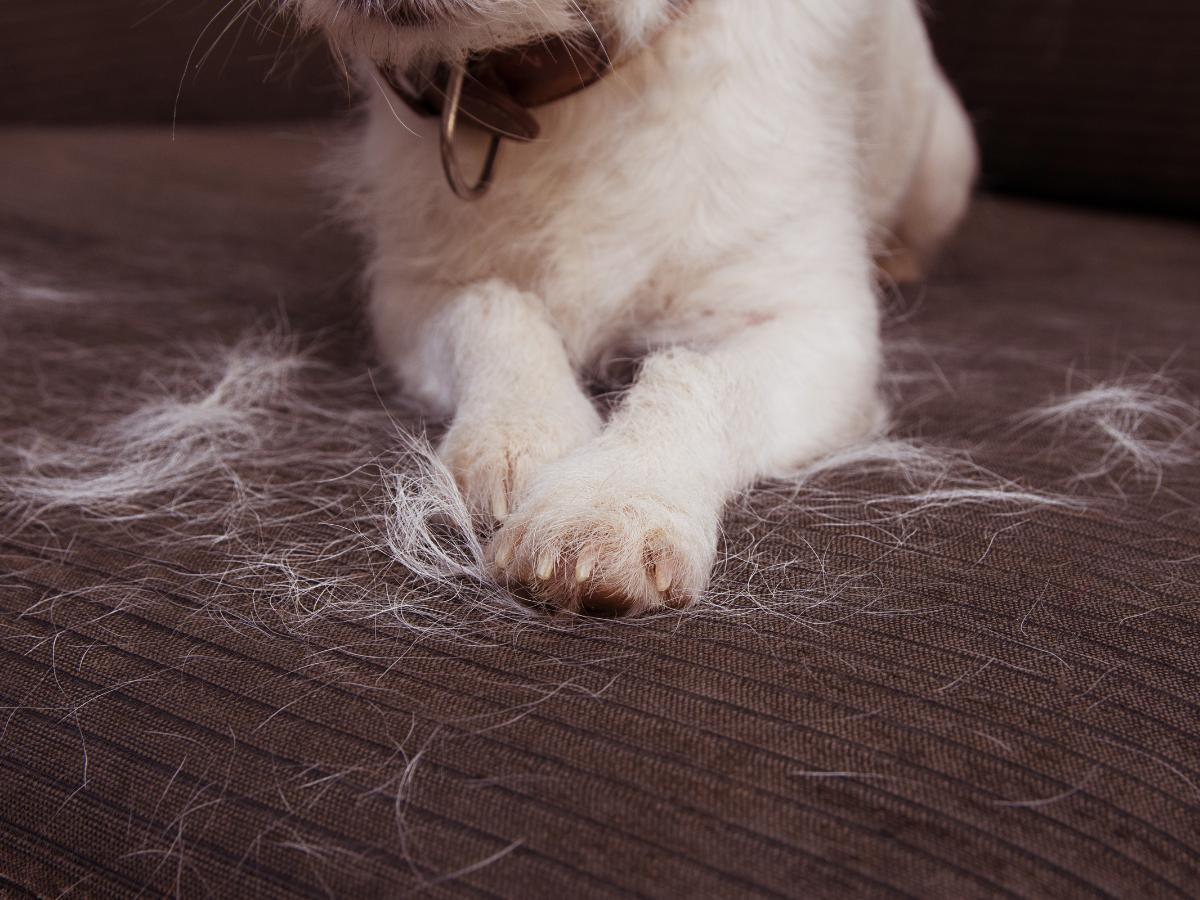
If you’re a pet lover, you can clean up after your pet using a rubber squeegee.
You only need to scrape hair-covered surfaces with it to remove the fur without damaging your surfaces. A rubber glove is also ideal if you don’t have a squeegee at hand.
13. Clean Hardwood Floors
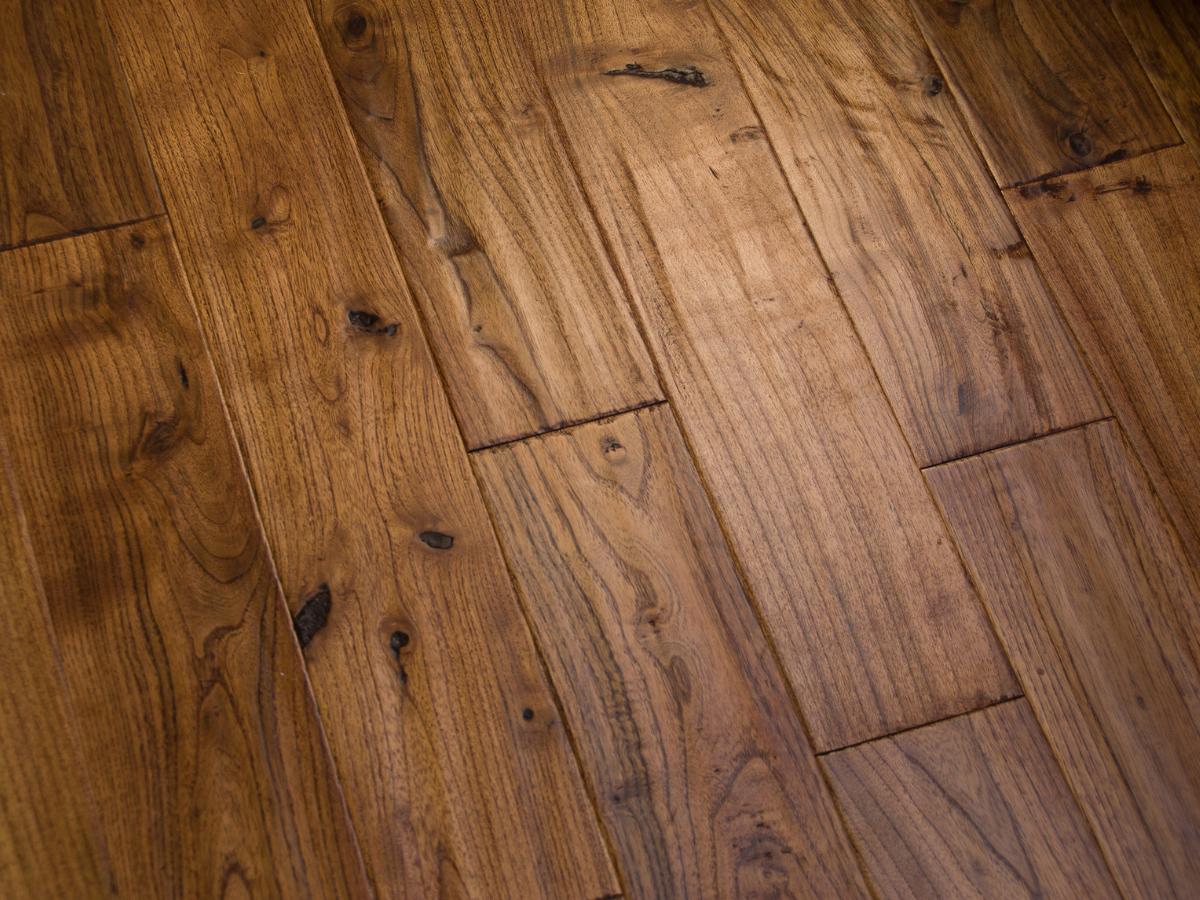
Just by simply perusing your kitchen cabinets or pantry, you can find unusual cleaning agents you’ve never thought of before, like tea bags!
Black tea contains tannic acid, which can clean and give excellent shine to your hardwood floors. Boil a kettle of water and let two tea bags soak in a mop bucket for about 10 minutes before you start mopping.
NB: This cleaning hack is only ideal for natural hardwood flooring; don’t try it with laminate wood. Also, conduct a spot test, just to be safe.
14. Clean Kitchen Cabinets
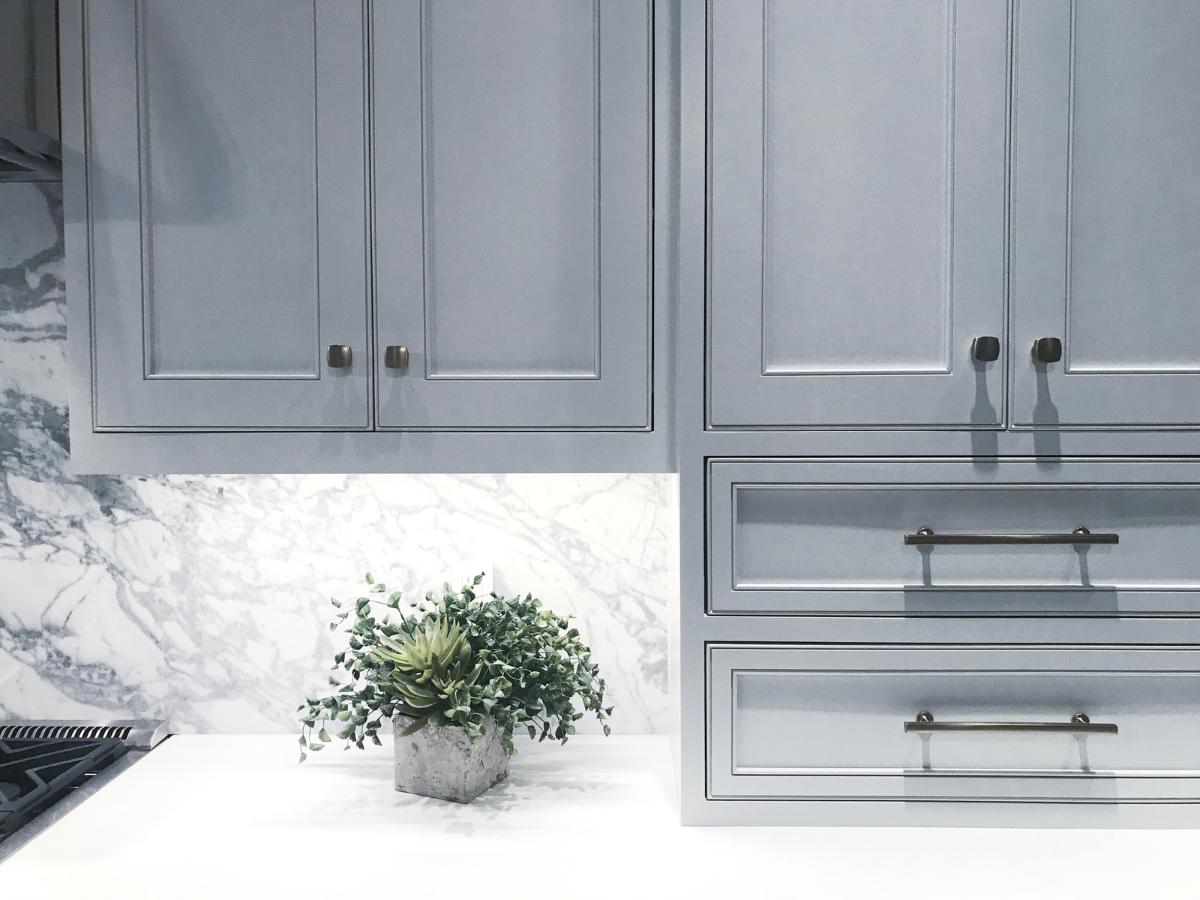
Find an empty spray bottle and fill it with a 50/50 mix of warm water and vinegar.
Splatter your cabinets with the solution and let it sit for a minute before using a microfiber cloth to wipe them clean. If there are tough grease stains, add some dishwashing detergent to your solution and repeat the cleaning process.
15. Get Rid of Pests
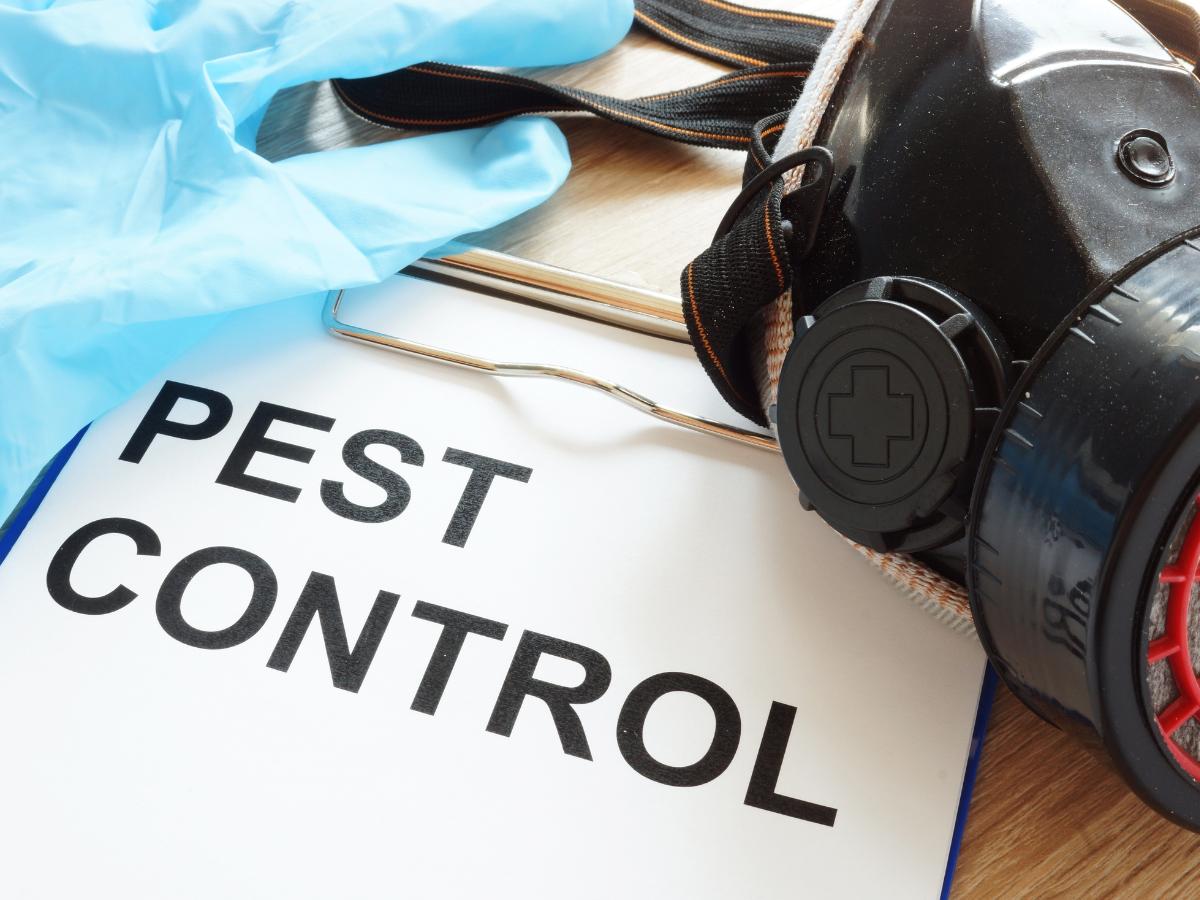
Pests can easily ruin your springtime, and if you have pets that love to roam outside, they can bring in fleas that may have overwintered in your carpet.
Diatomaceous earth is a natural and effective pet deterrent alternative to toxic pesticides. The rock powder-based desiccant kills pests by drying them out, including larvae.
The solution also absorbs and deodorizes stains. Sprinkle your carpet with diatomaceous earth and let it sit for 12-24 hours; you’ll need to keep children and pests out while it’s working.
16. Don’t Forget Your Kitchen Sink
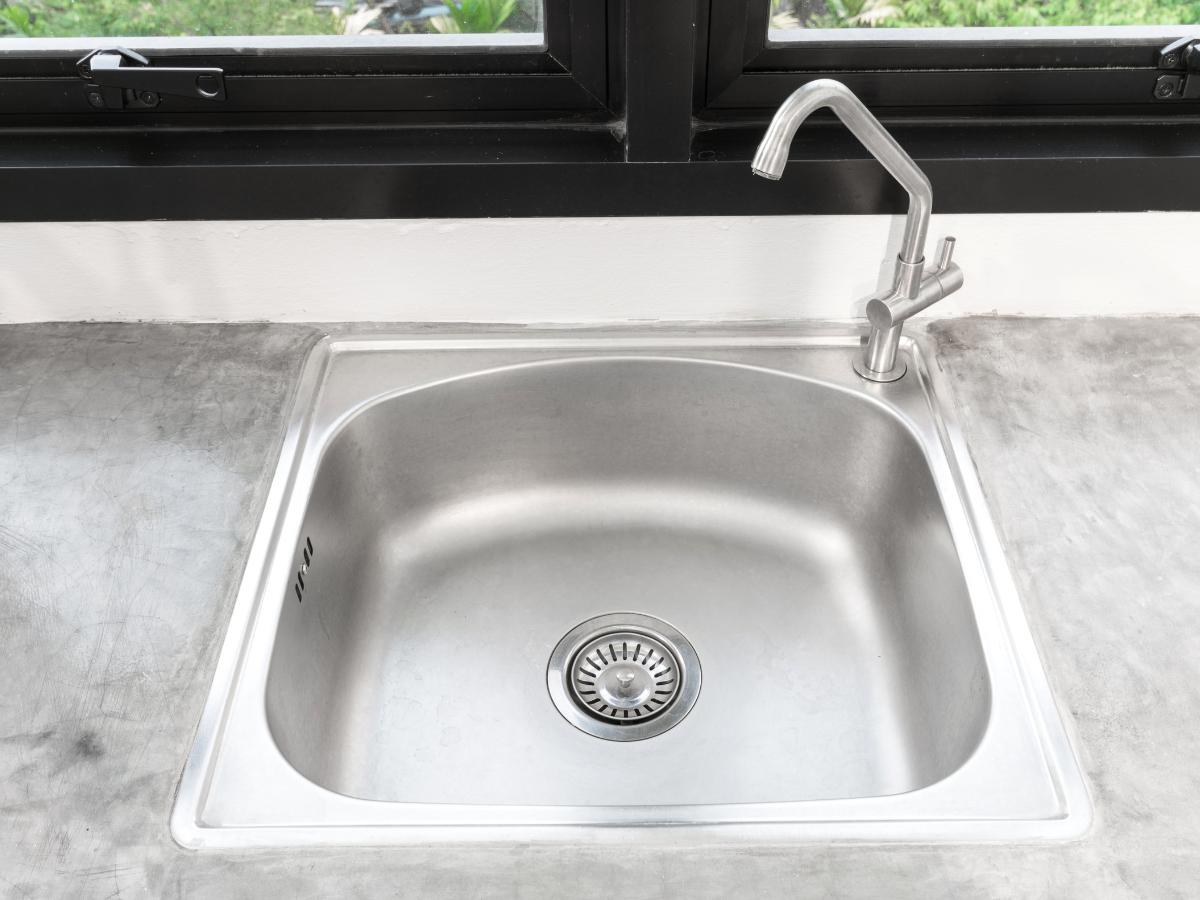
If your kitchen has a musty smell that irks you, you can get rid of it with supplies from your fridge.
Drop a few lemon rind silvers into your garbage disposal and turn it on for 15 – 30 seconds. Flush out any remaining lemon rind with cold water.
17. Spruce up Your Countertops

A bit of granite polish will help restore the shine on your countertops and keep stains at bay on your kitchen surfaces.
Use a specialized granite cleaner for daily wipe-downs to effectively clean your countertops without any damage.
18. Deep Clean the Oven
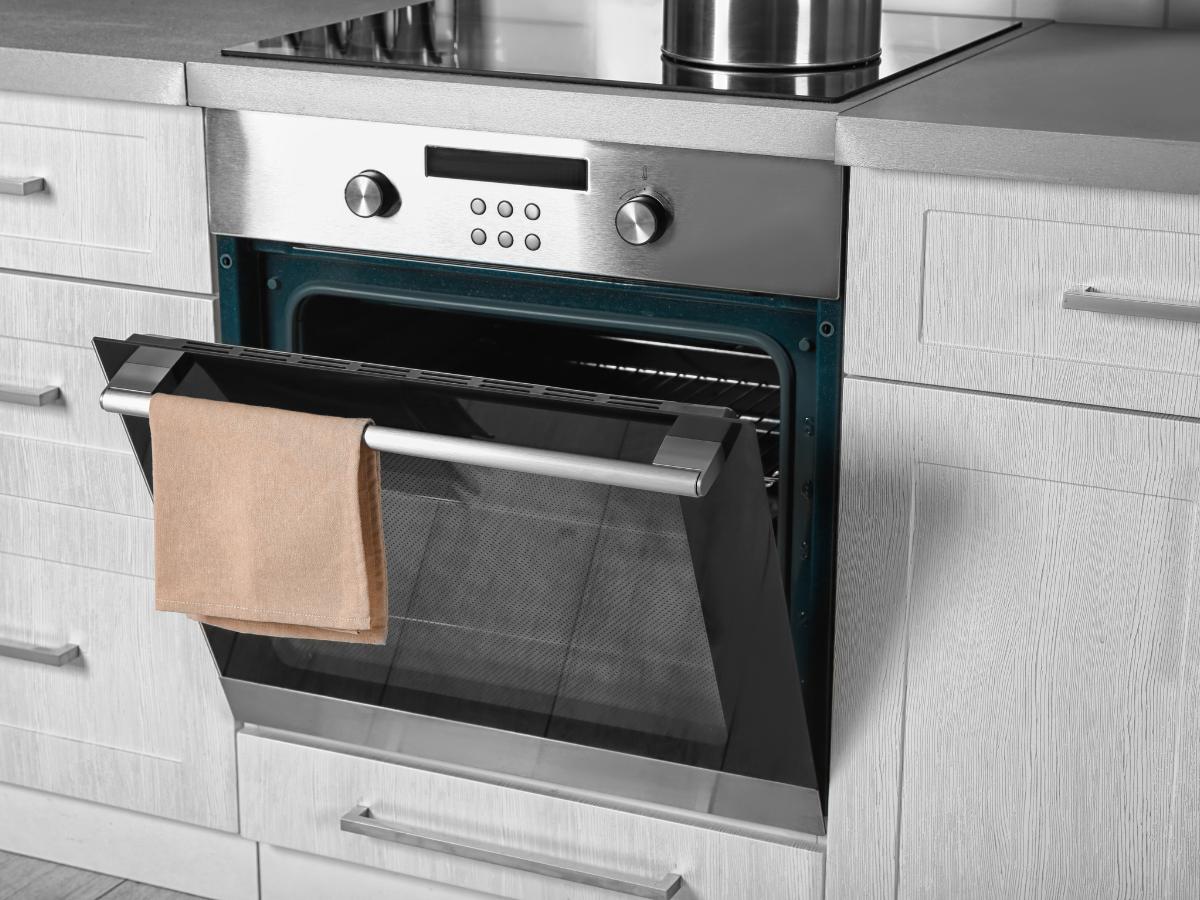
You can use your oven’s self-cleaning function to remove stubborn, baked-on grime. However, if your appliance doesn’t have one, place a hot, wet cloth on the burned spots to help soften the debris.
Afterward, apply an oven cleaner and let it sit per the manufacturer’s instructions. Use a thick paste of baking soda and water to clean your oven glass; let it sit for 20 minutes before rinsing it thoroughly with water and a microfiber cloth, then dry it off.
19. Clean Your Makeup Brushes
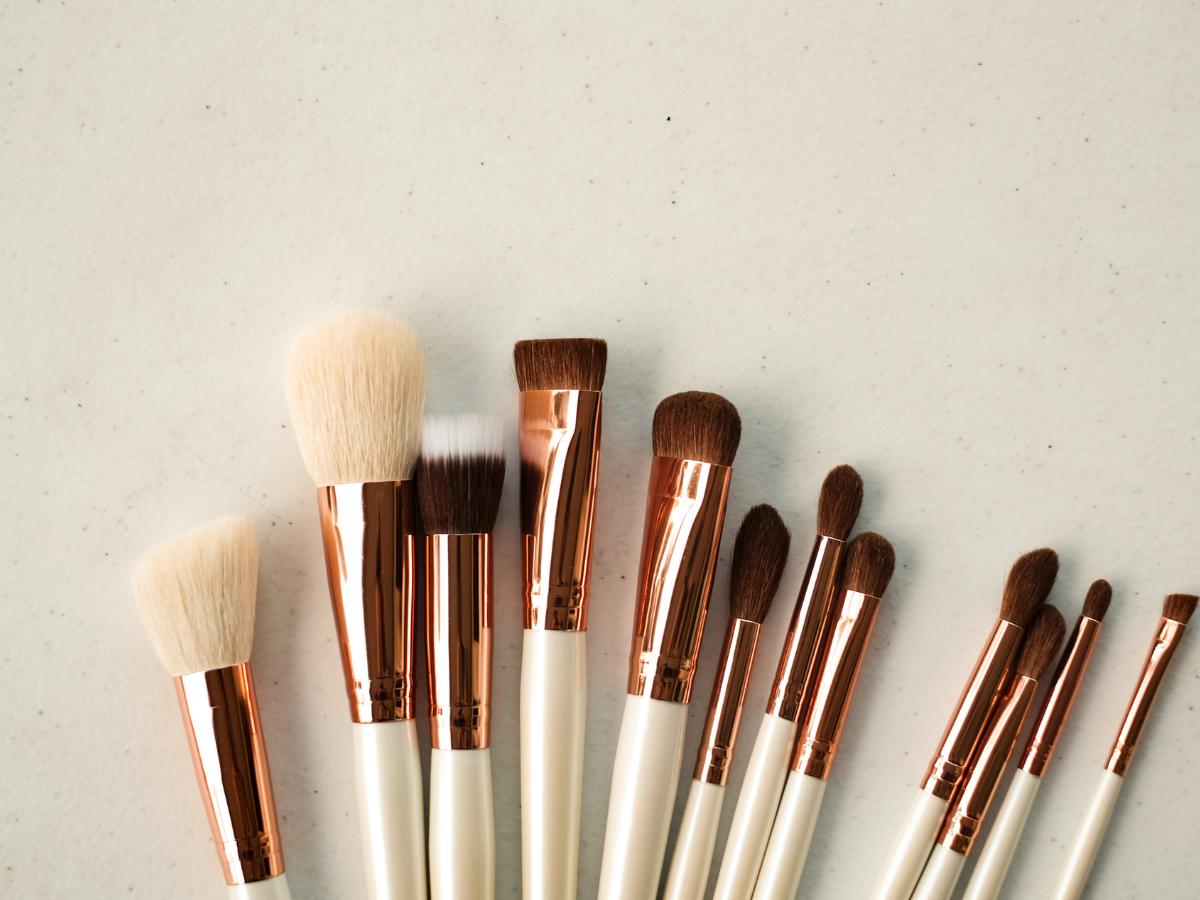
Squeeze a few drops of dish soap or baby shampoo into your palm, rub the bristle tips of your makeup brushes into the soap, and gently work the suds through them.
Hold the brush with the bristles facing down under warm running water to rinse your brushes. Gently shake the brushes over the sink to remove excess water, and lay them down on a paper towel to finish drying.
20. Remove Hard Water Minerals
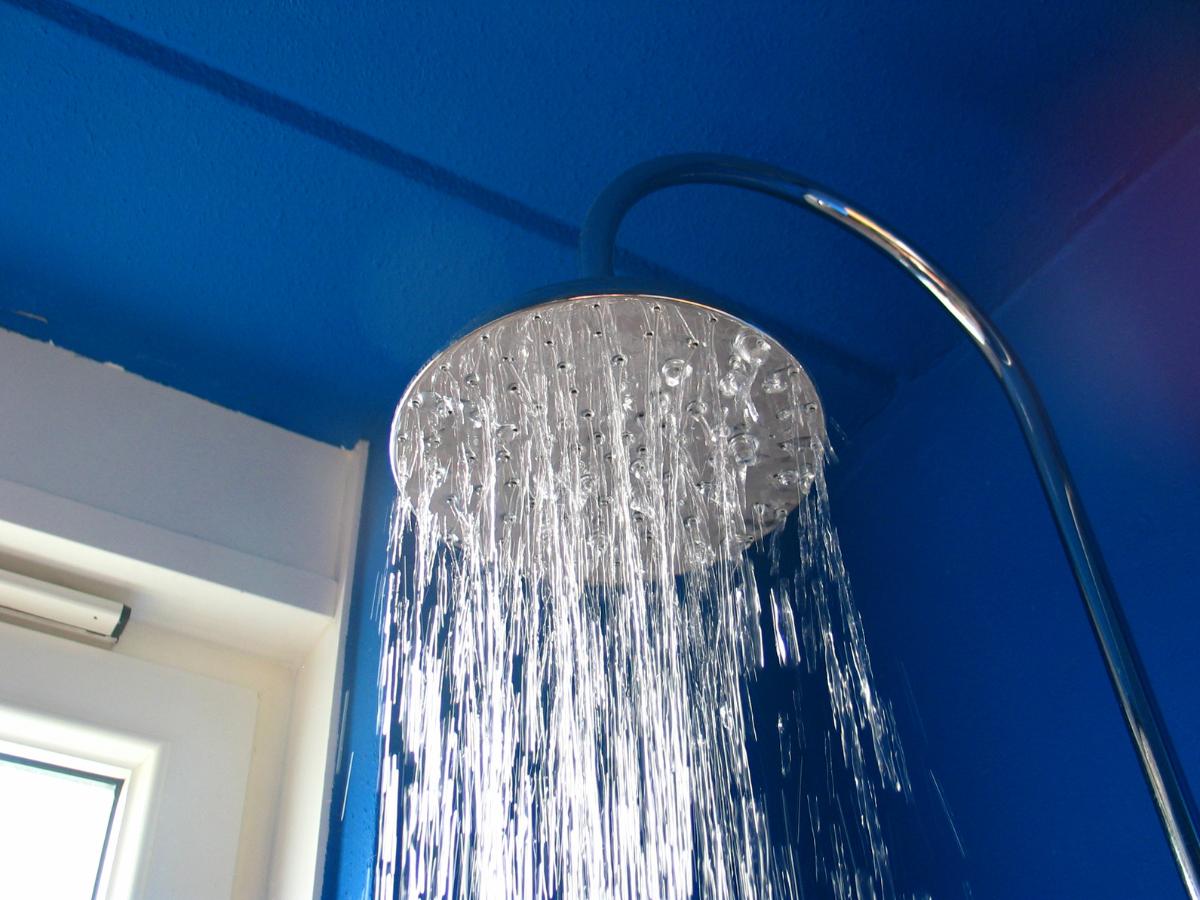
Hard water buildup in your shower head can affect the water flow and cause unsightly stains.
Mix equal parts of water and vinegar in a plastic bag and tie the bag around your showerhead, ensuring the showerhead is completely immersed. Secure the bag with a twist tie and leave it for at least an hour before wiping away any residue left behind.
Run hot water through your shower to flush out any vinegar in the showerhead’s openings.
21. Clean Tile Grout
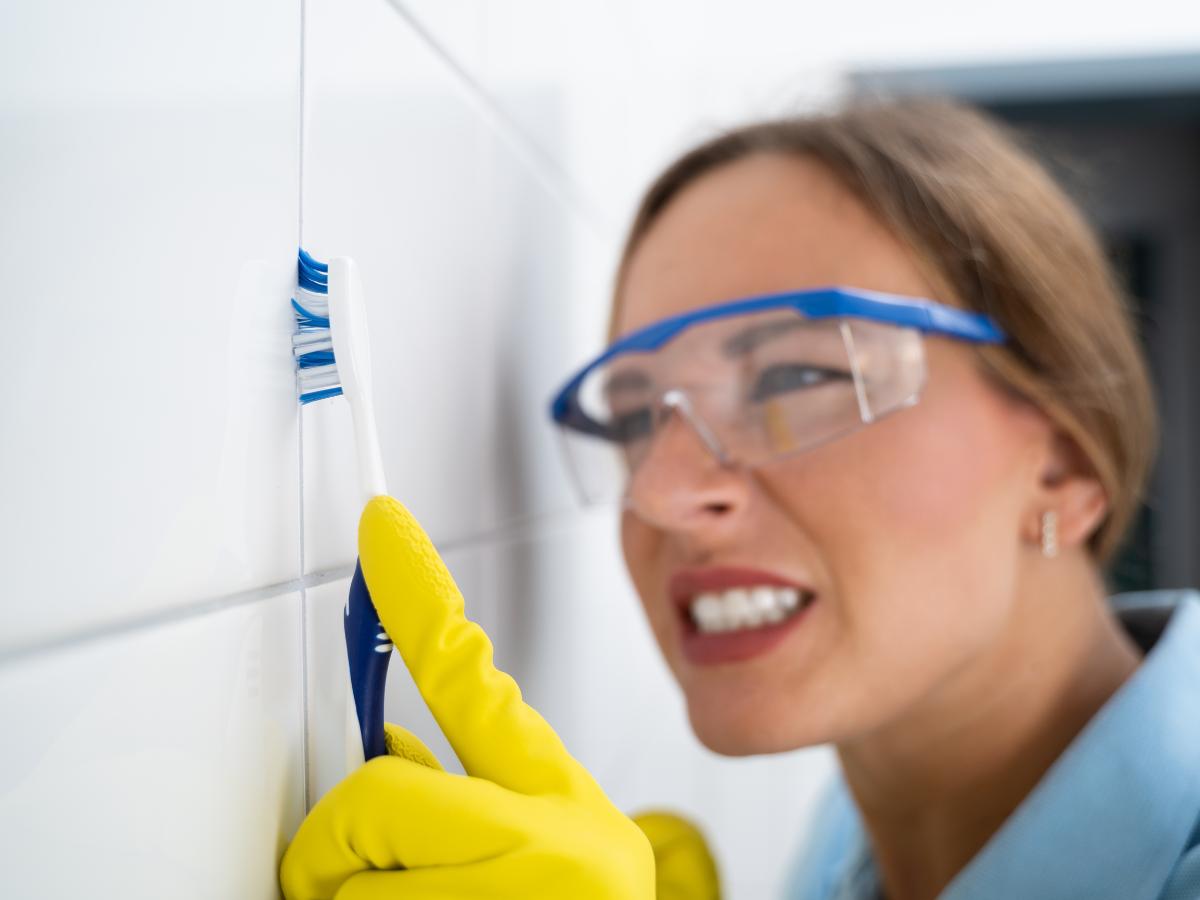
Scrub grout with a simple solution of ½ cup chlorine bleach diluted in a gallon of water and a toothbrush.
Test on a small section of tile and grout first, and if deep cleaning doesn’t help, try regrouting your tiled surfaces.
22. Freshen Your Sneakers

A pair of white sneakers will have you rocking in any outfit, but they’re easily susceptible to dirt and debris.
To clean your white shoes, mix half a tablespoon of warm water, half a tablespoon of hydrogen peroxide, and one tablespoon of baking soda in a small bowl until it forms a thin paste.
Gently scrub the shoes using an old toothbrush and rinse your shoes with a damp cloth, allowing them to air-dry away from the sun. If you have a pair(s) of leather sneakers, skip the hydrogen peroxide.
23. Clean Your Cutting Board
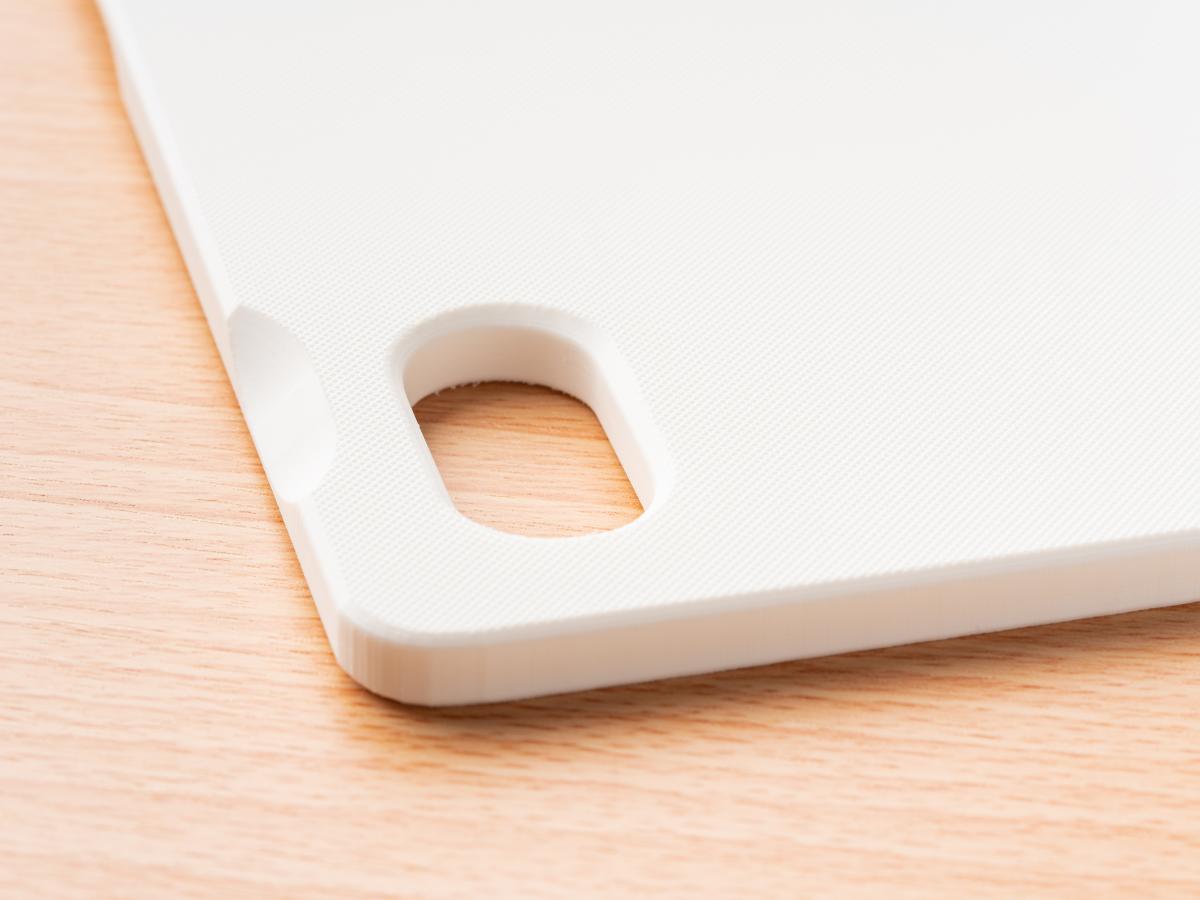
Cutting boards can easily get stained, and these stains can sometimes be a headache to get rid of.
However, you can run a cut lemon over your board to help remove food stains and smells. Sprinkle your board with baking soda or salt first for extra pizzazz.
24. Wash Your Driveway

Mold and mildew tend to creep onto your concrete driveway over the winter months.
A pressure washer can quickly blast off this debris, and you can rent one from your nearest home retailer. You can also use it to freshen up your sidewalks and patio furniture!
25. Dust Your Ceiling Fans
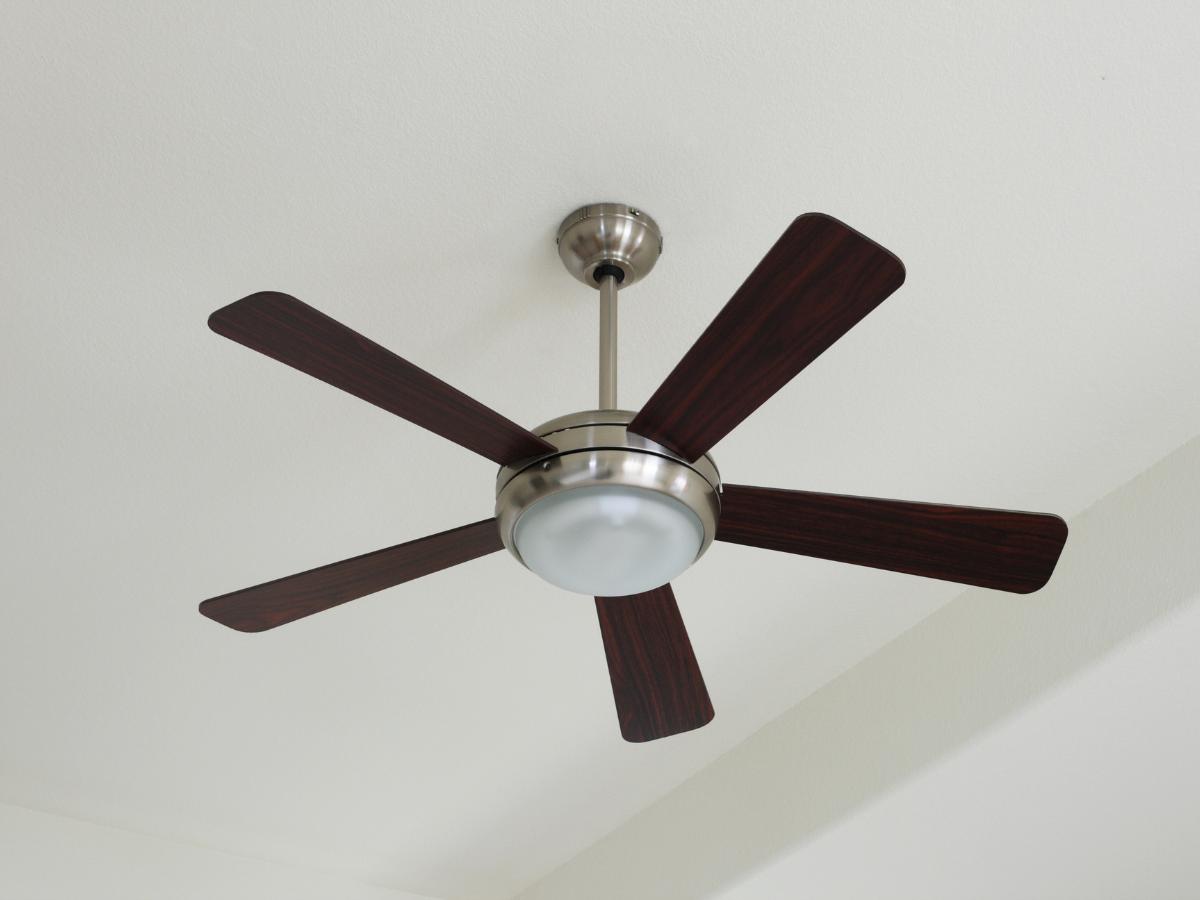
Do you have a ceiling fan in your home? It probably doesn’t get regular cleaning like other areas. Spread a sheet or drop cloth on the floor to catch dust, set up a sturdy ladder, and wipe the fans.
26. Wash Your Bedding
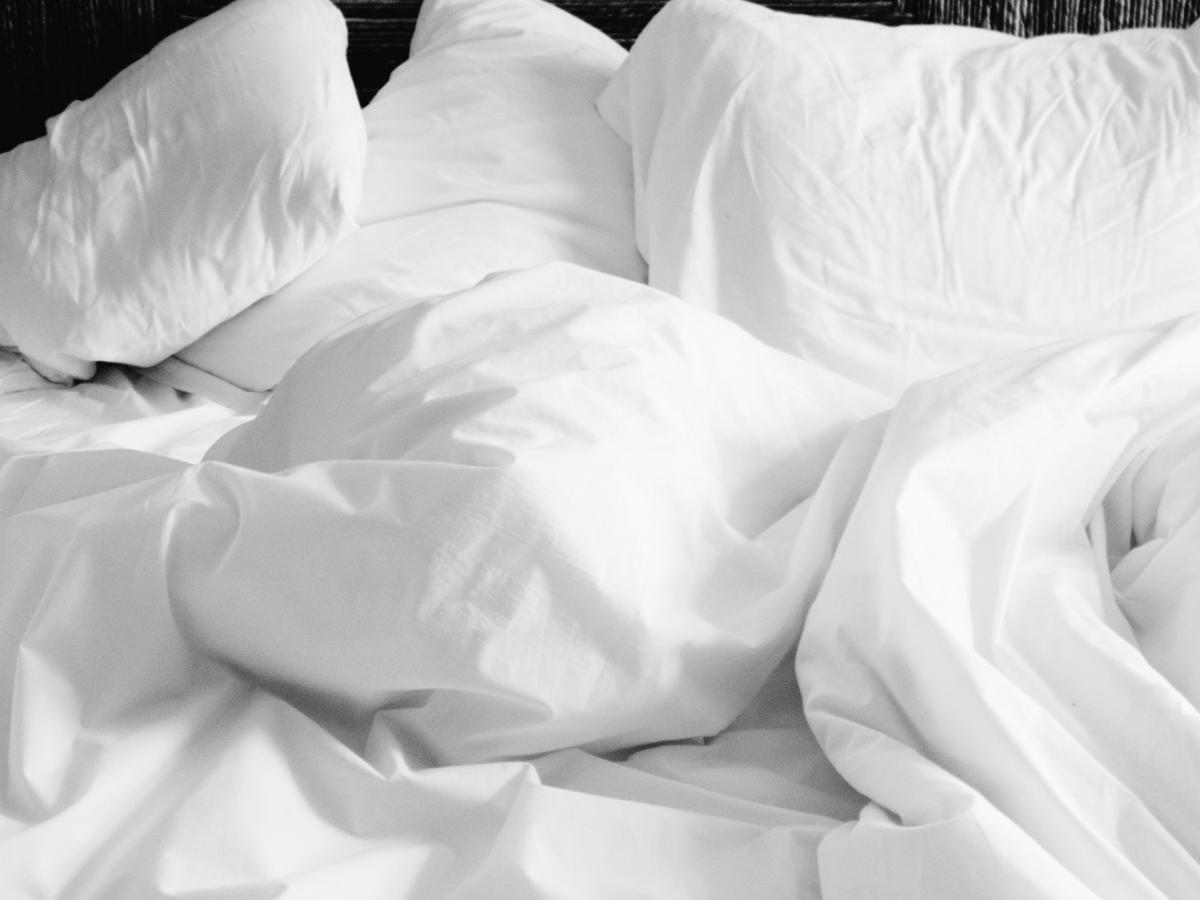
Spring cleaning is a time for washing those bulky comforters and pillows. It would be best to clean bulky bedding at least twice or thrice a year, so they should definitely make it on your spring cleaning list.
Ensure you check the manufacturer’s label before putting them into the washing machine.
Why is it Called Spring Cleaning?
This big annual clean derives its name from the season it’s undertaken, spring. Most cultures perform this cleaning after the cold winter has passed, even though some do their major annual cleaning session at the end of the year.
The practice has been traced back to Jewish or Persian culture, and Maundy Thursday, the Catholic practice of altar cleaning, is also a spring tradition.
Despite its origins, spring cleaning in the US and the UK is mainly due to the climate during March, which makes a significant cleaning practical.
When Should You Begin Spring Cleaning?
Ideally, spring cleaning is best done in March, that is, if you want to follow the UK and US tradition. Spring typically has plenty of sunshine, making it easy to see which sections of your home need attention.
Furthermore, the climate usually gives your rooms a good airing, making them feel even fresher. All in all, the concept of spring cleaning is to do those tasks you don’t often do, and an annual date will help ensure you don’t miss them.

Happy cleaning!

